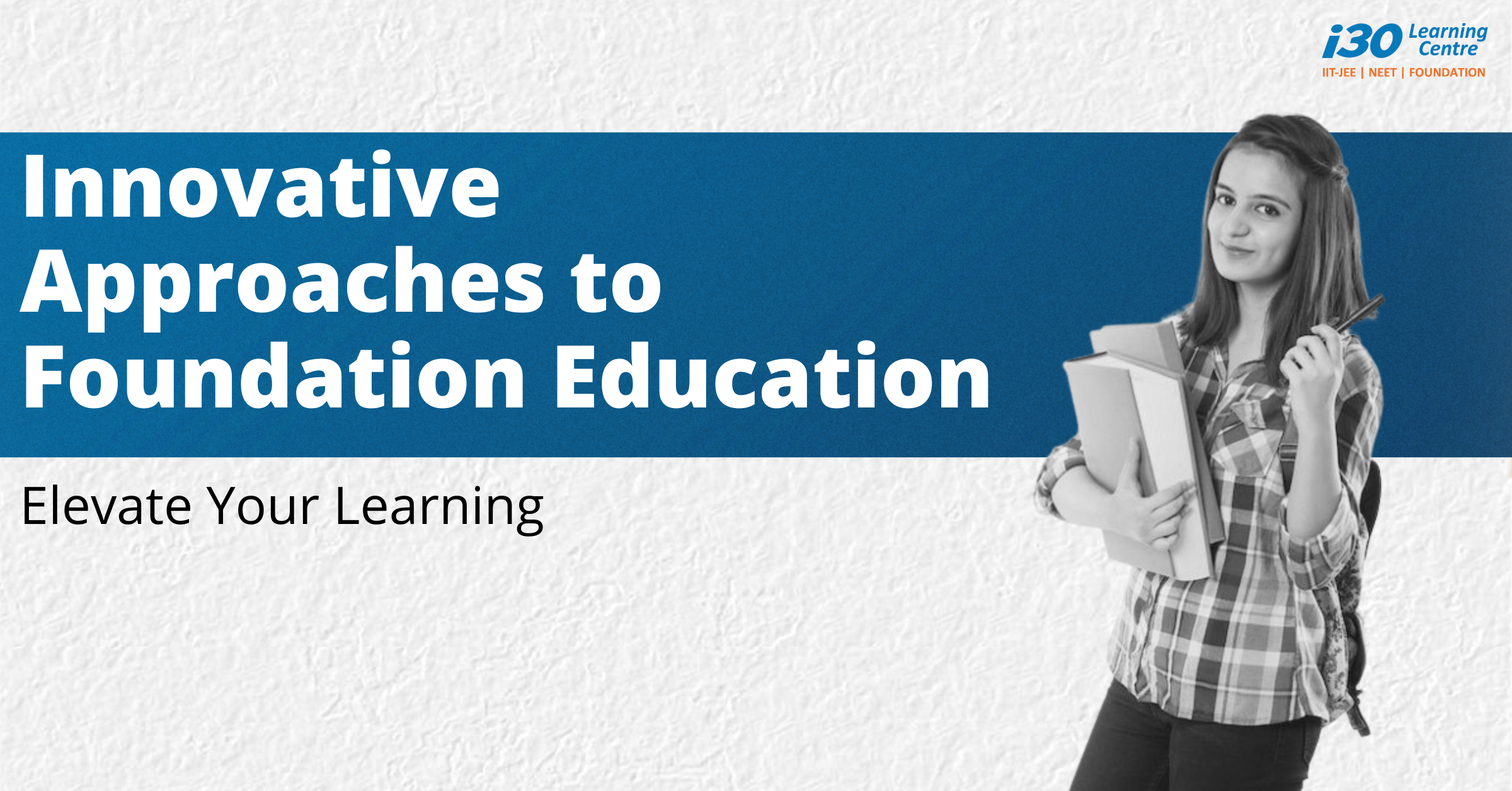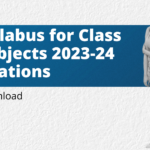Discover innovative approaches to foundation education that elevate your learning experience. Explore creative methods, expert insights, and FAQs in this comprehensive article.
In the ever-evolving landscape of education, traditional approaches to foundation learning are being reimagined and revamped to provide students with the best possible learning experiences. Elevate Your Learning: Innovative Approaches to Foundation Education delves into creative methods and strategies that are transforming the way we approach foundational education. From personalized learning to immersive technologies, this article explores the forefront of educational innovation, providing valuable insights and expert perspectives.
Education is the cornerstone of progress, and as we navigate the complexities of the modern world, the methods through which we impart knowledge have also evolved. The concept of “Elevate Your Learning: Innovative Approaches to Foundation Education” encapsulates a range of forward-thinking strategies designed to enhance foundational education. Let’s explore some of the most effective and exciting approaches in education today:
Personalized Learning: Nurturing Individual Growth
Personalized learning has gained momentum as a potent educational approach that tailors the learning journey to individual students’ needs, strengths, and preferences. By leveraging technology and data-driven insights, educators can create customized learning paths that optimize student engagement and comprehension. This approach recognizes that every student is unique, catering to various learning styles and paces.
Project-Based Learning: Fostering Practical Understanding
Project-based learning immerses students in hands-on experiences, guiding them to explore real-world challenges and develop practical skills. By working on comprehensive projects, students not only acquire subject knowledge but also enhance problem-solving, critical thinking, and collaboration skills. This approach bridges the gap between theory and application, preparing students for the dynamic demands of the professional world.
Flipped Classrooms: Restructuring Learning Dynamics
Flipped classrooms reverse the traditional learning model by moving lectures and instructional content outside of class time, allowing in-person sessions to focus on interactive discussions and activities. This approach promotes active engagement, peer-to-peer learning, and deeper comprehension. Students take ownership of their learning, actively participating in the educational process.
Gamification: Infusing Play into Education
Gamification incorporates game elements into educational contexts, making learning more engaging and interactive. Points, rewards, and challenges incentivize students to actively participate and excel in their studies. This approach harnesses the innate human inclination for competition and achievement, creating an enjoyable learning environment.
Blended Learning: Merging Digital and Physical Learning Spaces
Blended learning combines online resources and traditional classroom methods to optimize flexibility and accessibility. Students can access learning materials remotely while still benefiting from face-to-face interactions with peers and educators. This approach accommodates diverse learning preferences and schedules, fostering a dynamic learning experience.
Experiential Learning: Learning by Doing
Experiential learning takes education beyond textbooks, enabling students to learn through real-world experiences and reflection. Whether through internships, field trips, or simulations, students gain insights that extend beyond theoretical concepts. This approach cultivates practical skills and a deeper understanding of subject matter.
FAQs
How does personalized learning benefit students?
Personalized learning adapts to each student’s pace and learning style, enhancing engagement and comprehension. It caters to individual strengths and needs, ultimately improving the overall learning experience.
What role does technology play in project-based learning?
Technology supports project-based learning by providing access to information, tools for collaboration, and platforms to showcase project outcomes. It enhances students’ ability to research, create, and present their projects effectively.
How can educators implement gamification in the classroom?
Educators can incorporate game elements such as point systems, quizzes, and interactive challenges into lessons. These elements motivate students to actively participate and invest in their learning journey.
What advantages does blended learning offer?
Blended learning combines the best of online and in-person instruction, offering flexibility, personalized pacing, and interactive classroom engagement. It accommodates diverse learning preferences and schedules.
How does experiential learning contribute to long-term understanding?
Experiential learning allows students to apply theoretical concepts in practical contexts, leading to a deeper understanding of the subject matter. Real-world experiences enhance retention and the ability to transfer knowledge to new situations.
Are these approaches suitable for all subjects and age groups?
Yes, these approaches can be adapted for various subjects and age groups. Educators can tailor the strategies to fit the specific needs and developmental stages of their students.
Conclusion:
Elevate Your Learning showcases the transformative power of creative educational methods. From personalized learning to experiential education, these approaches enrich the learning journey, preparing students for success in a rapidly changing world. By embracing innovation and adapting to the evolving educational landscape, we can truly elevate the way we learn and impart knowledge.



